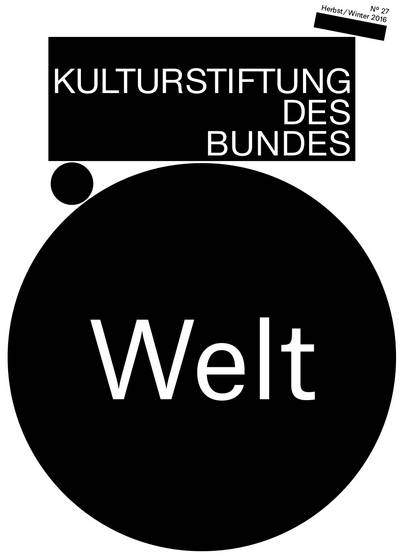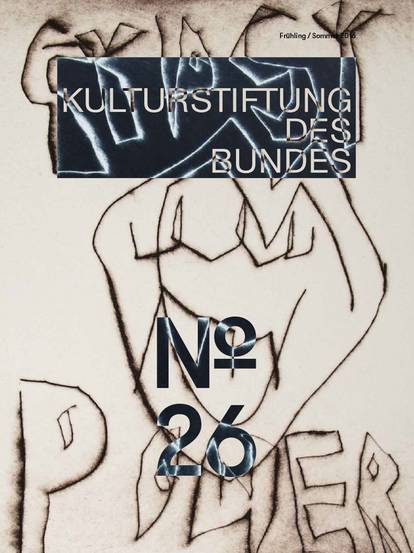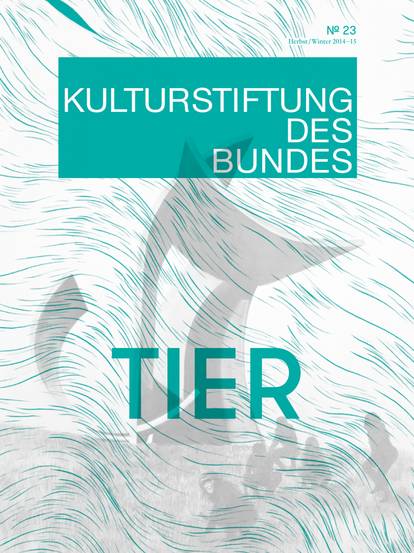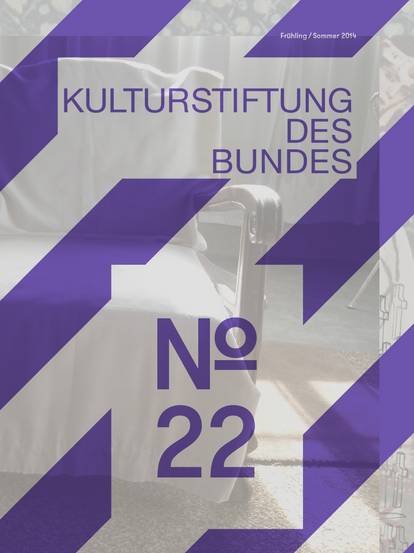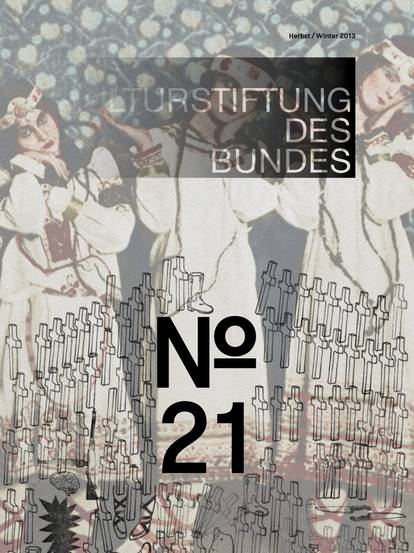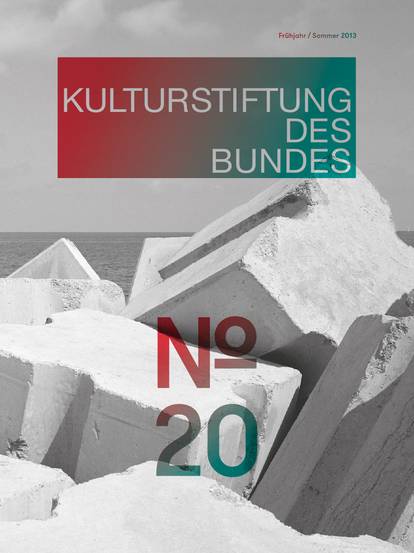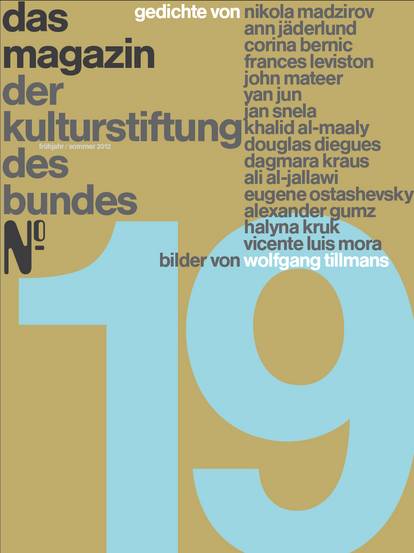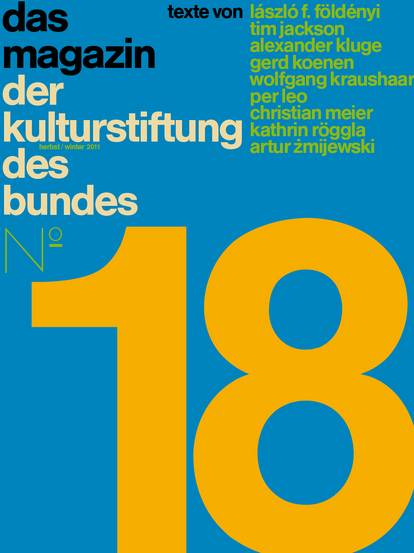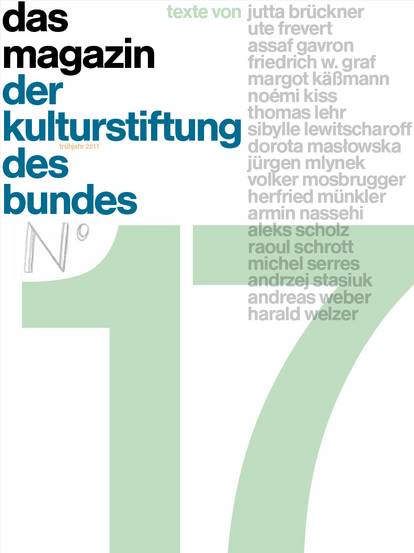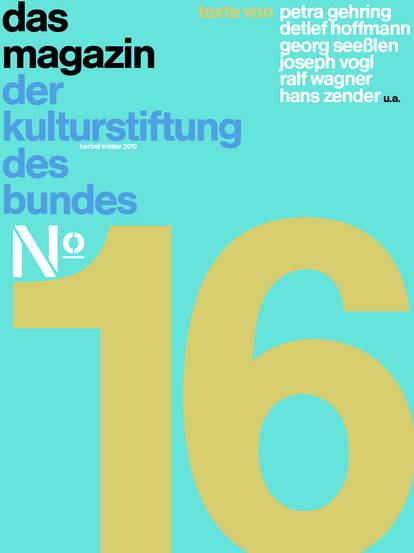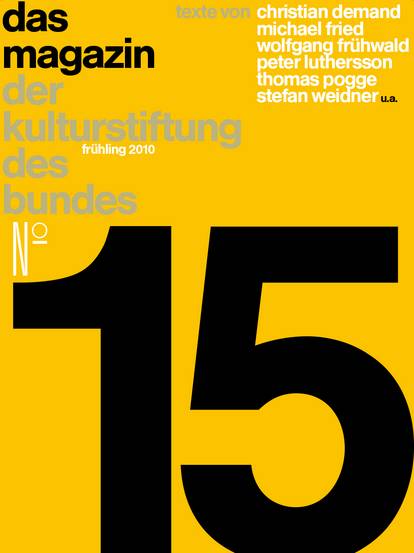The 20th anniversary of the German Federal Cultural Foundation – a special birthday, or could we already call it a “jubilee”? One thing is certain: it’s an occasion to take a moment to reflect on how it all began in 2002. The establishment of the Federal Cultural Foundation was initiated by the Federal Minister of Culture Julian Nida-Rümelin, who was entrusted with enhancing the cultural profile of the federal government while preserving the individual states’ authority to manage their cultural sectors. The conditions were ideal – Germany’s cultural landscape was extraordinarily diverse, and the new eastern German states represented a remarkable – though largely unacknowledged – cultural contribution to a reunified Germany. Thus, the decision to establish the Federal Cultural Foundation in the eastern German city of Halle an der Saale clearly possessed a symbolic character.
It all began with the charter (opens in a new window). We ourselves had to determine how to identify “innovative” projects or what future-oriented issues would become socially-relevant years in advance. What themes or programmes were best suited for development at the national level? From the very start, openness was the order of the day and became our guiding principle in those early years. We deferred to the expertise and experience of artists in eastern and western Germany and abroad, tapped the potential of cultural institutions and independent scenes, and drew inspiration from their needs, wishes and utopias. In this way, new collaborations began forming across state boundaries. Ideas that exceeded the capacities of any one person were developed in a community-oriented manner. In short: we drafted a funding philosophy which would ultimately have to demonstrate its qualitative and quantitative impact on the cultural sector. The writer Robert Musil once described time as a train that laid down its tracks as it went along. The twenty-year history of the Federal Cultural Foundation had much in common with that train.
Operating in an eminently cultural city in an eastern German state proved to very advantageous. In fact, the decision to establish the Foundation in Halle an der Saale was a sheer stroke of luck. Back then, we had no choice but to engage in dialogue with many people of different backgrounds and expertise, to learn from them, listen to them, and ask questions instead of prescribing answers and reverting to conventional solutions. This encouraged us and ultimately informed our working process: to learn what is important to a diverse array of cultural participants nationwide, what they are committed to achieving, what they need support with, what they want to change, what obstacles stand in their way, and how they imagine their current and future development. We have been moved – in both senses of the word – by the invaluable trust we have received from colleagues at other institutions and countless artists. Over the course of 20 years, we have managed to collect a massive trove of knowledge about the German cultural landscape like no other. Not only does our expertise rest in the knowledge of institutions and cultural scenes, artistic productions and cultural-political structures, but also in thousands of conversations with those who aspire to enrich culture with fresh ideas at the national and international level.
We have been fortunate that our politicians and federal cultural ministers have given us time to conduct comprehensive research. They have refrained from imposing limits on us and allowed us to experiment (not always with crowning success) and take artistic risks. For otherwise it would have been hardly possible to develop and carry out multi-year programmes on top of the responsibility to support application-based projects through General Project Funding. These are programmes that have staked the future of our cultural landscape and set milestones for other cultural institutions thanks to their model character on issues like climate (opens in a new window), diversity, digitalisation, international partnerships and structures (Dance Plan, Doppelpass, TRAFO). Some programmes might have had a delayed impact on society or received (cultural) political recognition after their conclusion, but their pioneering role in certain thematic areas often became evident in hindsight. Other programmes have delivered surprisingly fast and uncomplicated solutions for the challenges facing us today. It is gratifying to see the Federal Cultural Foundation honoured as a “driver of innovation” in Germany’s current coalition agreement. It underscores the belief that our funding measures have served as a kind of “signal tower” guiding future cultural change, renewal and transformation, competently communicating the signals from the art scenes to our (federal) policymakers.
This issue commemorating our 20th anniversary is just as unusual as the magazine we produced in celebration of our tenth anniversary. That issue was entirely comprised of poems by contemporary writers; this issue exclusively features contemporary artists who have received past project funding from the Federal Cultural Foundation, namely Tobias Zielony, Kerstin Brätsch, Tschabalala Self and Nadja Buttendorf.
More than anything else, this edition is our way of saying THANK YOU to everyone who has accompanied us during the past 20 years. No further words (or texts) are necessary. Instead, we have used the reverse side of the posters to list a considerable selection of institutions representing the countless partners and artists, with whom we have collaborated in some 4,000 projects and programmes in two decades of funding activities. These include our international partners, colleagues and the many, many jury and committee members and political allies. And of course, the employees of the Foundation, a devoted team whose inexhaustible commitment has kept our train running smoothly on tracks we are busy laying toward the future. We extend our thanks to all of you, and perhaps most importantly, to you, esteemed readers of our magazine, for your interest, curiosity and constructive criticism since the beginning of the Foundation.
Hortensia Völckers, Kirsten Haß
Executive board of the German Federal Cultural Foundation

![[Translate to English:] Magazine 38](/fileadmin/_processed_/f/1/csm_Magazin38_Cover-Vorschau_921x1230_689f428dc3.jpg)
![[Translate to English:] Magazine 37](/fileadmin/_processed_/b/c/csm_Mag37_Cover-Vorschau_921x1230_b5129fdb2a.jpg)
![[Translate to English:] Magazine 36](/fileadmin/_processed_/2/a/csm_Cover_Magazin36__issuu_2f3cef97bb.jpg)

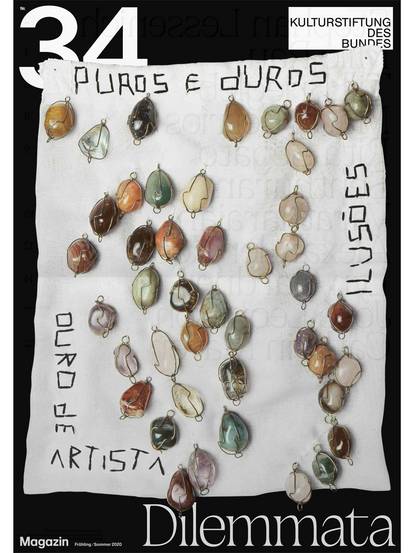
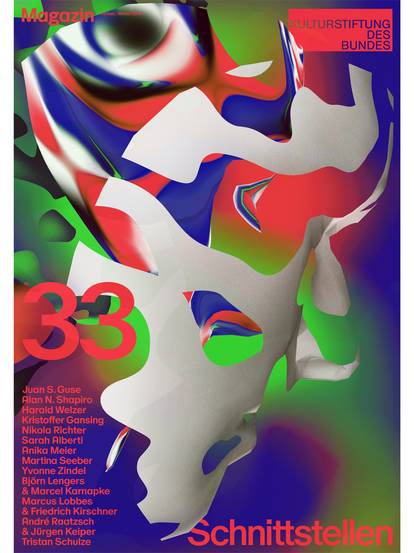
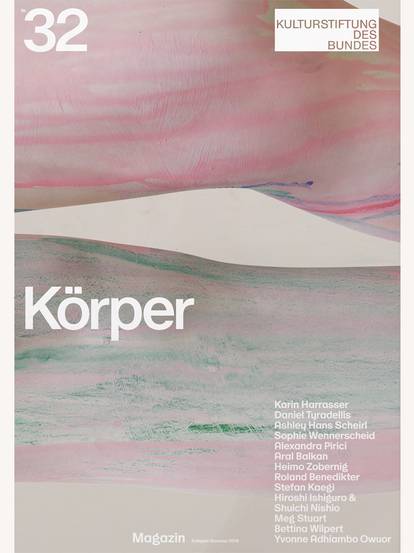
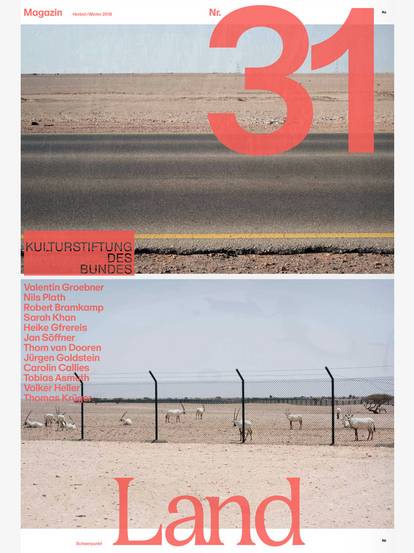
![[Translate to English:] Magazine 30](/fileadmin/_processed_/c/b/csm_magazin30_vorschau_9005f773d3.jpg)


